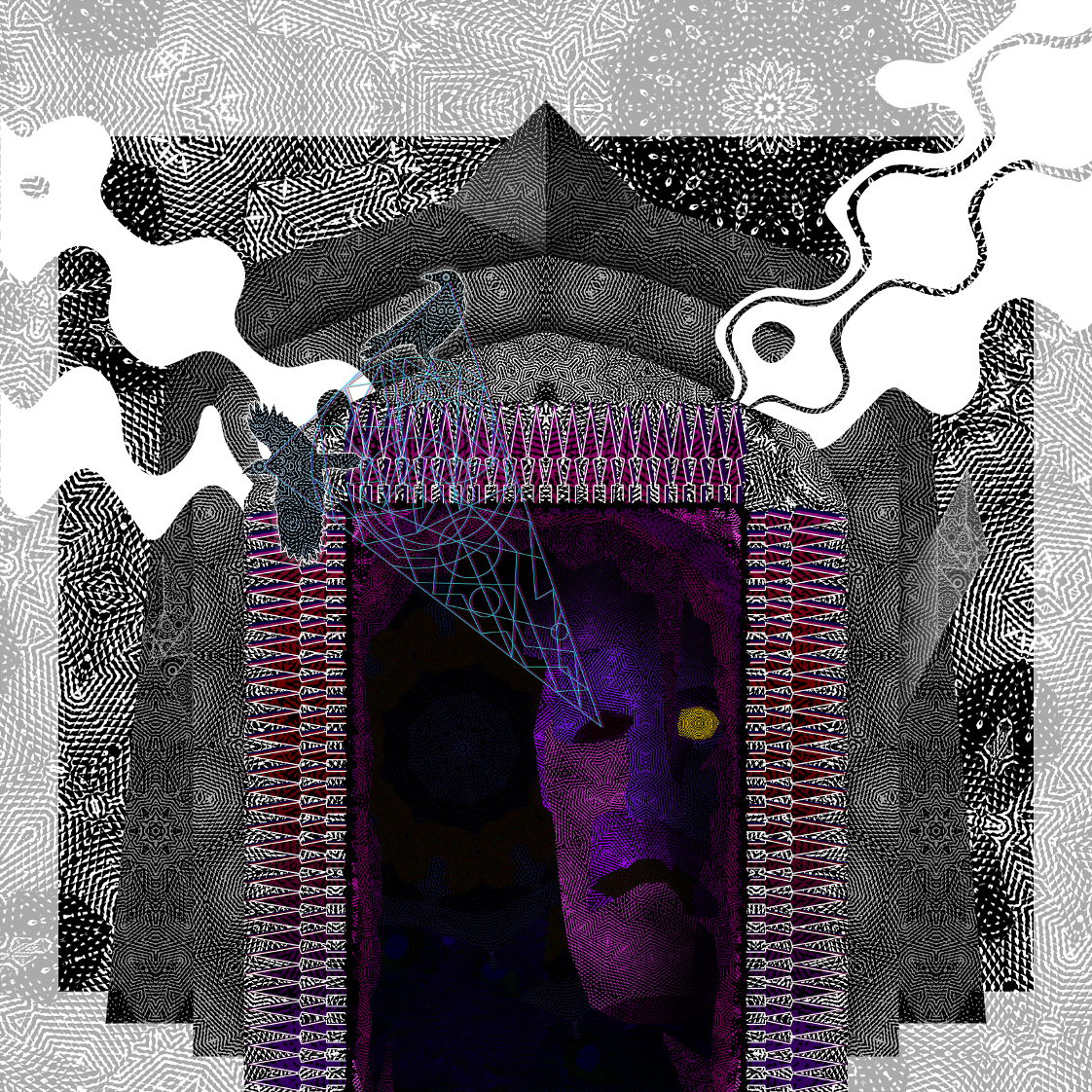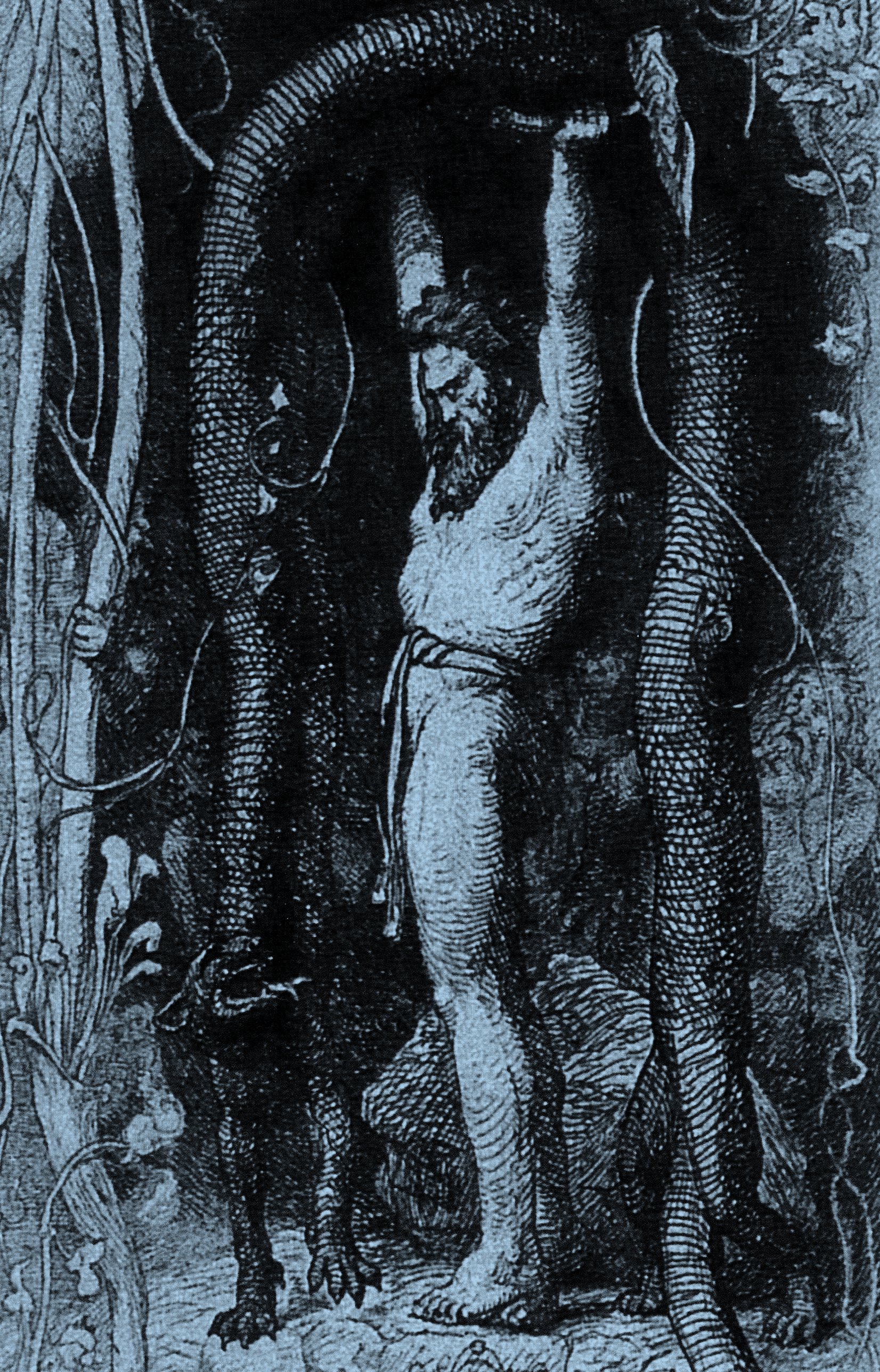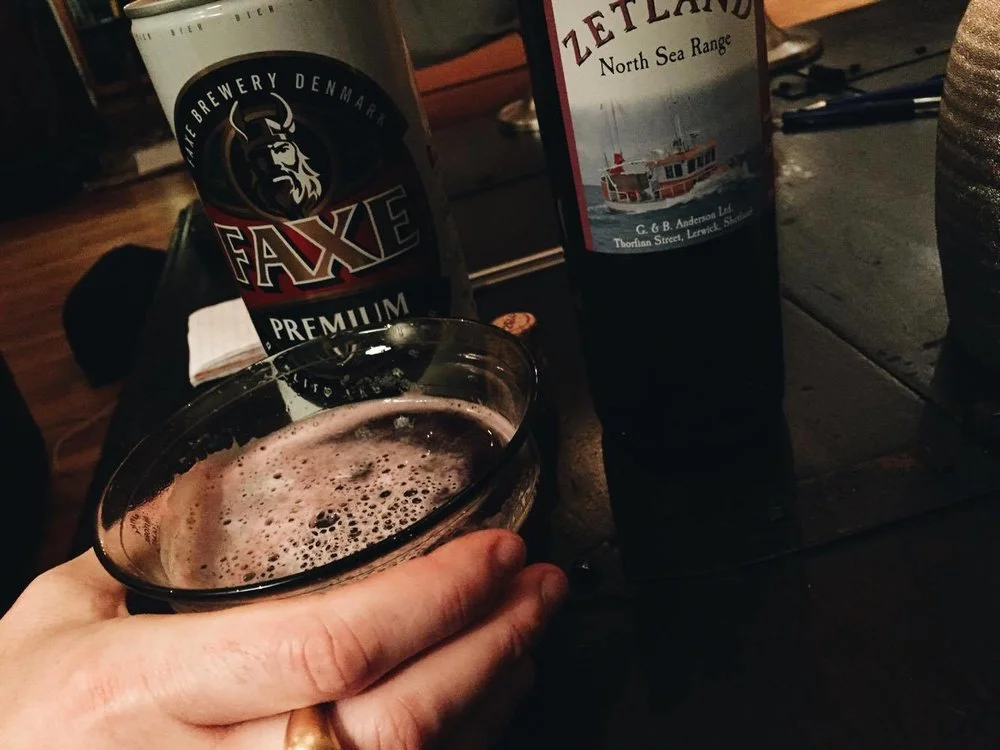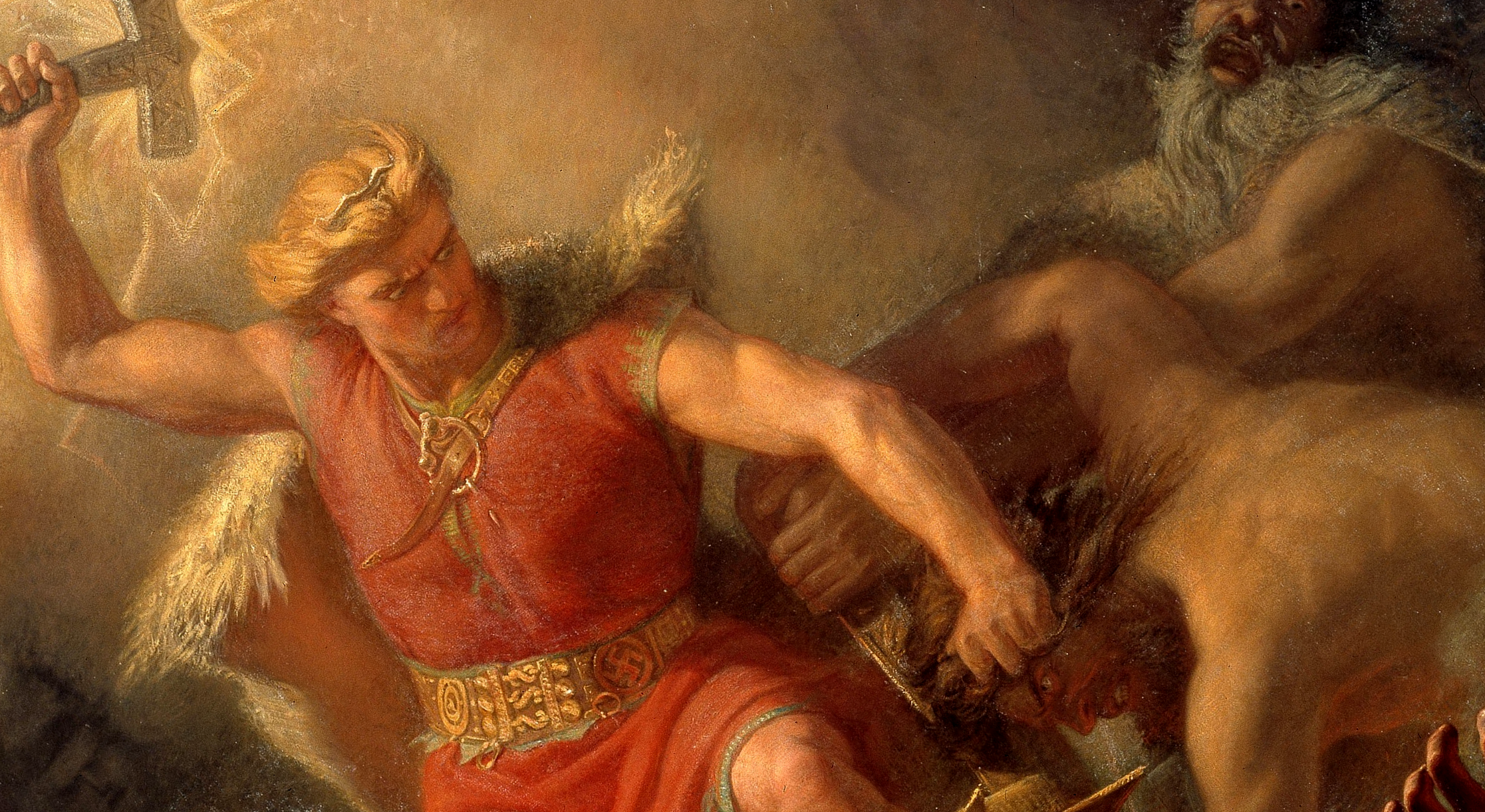The age of man
The most common cosmic denominator in Old Norse is heimr, meaning «home, where something belongs». The universe of Norse mythology is full of such homeworlds. But there is also verǫld – which is a cognate of English world. The etymology concerns us here because it literally means «age of man». Perhaps it is a vestige of a prehistoric, non-linear view of history, where time was cyclical. The latter phase of Norse paganism as we see through our sources, is uncharacteristically eschatological for a polytheistic ethnic religion. It gives the impression that the Vikings were obsessed with the end of the world. They did not believe the world would go on forever, but come to a halt soon enough.
But whether or not this was an indigenous feature of pagan Scandinavia, or a sneaking realization that came to them like a thief in the night, it must refelct how many pagans felt at the threshold of conversion, when the temples were razed, and the idols smashed. The world we see, the Age of Man, is an intermediate phase. It's not the first nor the last. If the mythical poem Vǫluspá, The Prophecy of the Seeress, in its most popular redaction is representative of a pre-Christian timeline of mythical and cosmic events, then man did not even exist during the Golden Age. Mankind is a later invention, perhaps even a trick of the gods, who struggled to maintain their work. As someone to stirr the pot as they tended to business. Whatever their reasoning, the gods were invested in man:
Vǫluspá says the gods were loving – ástgir – when they gave us life. It is noteworthy that this is the only instance in the eddic literature where the gods express love towards mankind. According to mythic time, man has experienced only a glimpse, a mere few frames of the grand cosmic display. Yet if man wasn't present when the world was young, the myths state he will live to see Ragnarǫk. He will witness the end of creation, and the end of the gods. Ragnarǫk comes from regin «the gods», literally «those who keep council» and rǫk, which can mean «something that belongs», or «development, destiny, verdict». This divine verdict is the natural result of the carefully balanced, yet delicate cosmic order.
Acting against the inevitable
Thor's greatest enemy is Jǫrmungandr, the Midgard Serpent. It's imperative that he fights against it, even though it's coiled around the world, and keeps it from falling apart. Pre-Christian skaldic poets associate the creature with much dread, but Thor is locked in an impossible situation: He has the task of carrying out preemptive strikes against monsters and giants, but this protective function is itself a great threat to cosmic stability. When Odin seeks wisdom and advantage, he does so through self-mutilation and vulnerability. He gives up an eye, commits suicide, starves, and lets himself be taken captive.
Freyr gives up his sword out of love-sickness towards the giantess Gerdr. A compromise that later proves deadly when the giants carry it to the final battle against the gods. The gods sacrifice power, body parts, and technology for the vain hope of an upper hand against the giants. The protector destroys! The god of sexual fertility and social status makes himself and impotent! They are merely stalling. Ironically, it may even seem that all their efforts only serve to enable the coming disaster.
The wisdom they accumulate doesn't help them in the long run. The formula doesn't add up, the norns are drunk behind the spinning wheel. Any Norse and Germanic hero knows that is useless to fight one's forlǫg – the predetermined premise of every life: fate! Surely Odin, who sees everything, must understand that his battle can't be won. He sees everything, yet he is blind to the vanity of effort. He is doomed, yet he tries. How telling, how inspirational. This is wisdom we may draw from the poems Hymiskviða, Vǫluspá, and Skírnismál: All that exists does so at the expense of something else, and must be absorbed by something else once it ceases to be. The world clock ticks ever on towards the hour of entropy. The existence of the subject affects the existence of the object. There is no such thing as free lunch – everything has its price.
Thermodynamics and mythical reality
The root of this sad state runs deep. It goes all the way back to the Bronze Age, when Proto-Indo-European pastoral nomads scattered across Eurasia on horseback. Not wholly unlike the gods, these riders were armed not only with superior technology, but with martial ideologies and a will to power unlike anything else. A culture that realized that nothing comes from nothing, that nothing is forever, and that destruction is a sibling of creation. Though harsh as it first may seem, the thought is actually a beautiful one. An undivided theory of nature, a holistic space of equal parts joy and sorrow. Birth, death, and rebirth were allies then. Subjectively speaking, and this is a subjective essay, I believe there are truths in these ideas. Some less comfortable than others. To live includes the anguish of choice. And it is a recognizable feature to many Western cultures still. In many Western democracies, not voting is presented as an immoral lack of action. It is an expression of this line of reasining, that you should prefer the terror of choice over the comfort of inaction. Norse religious practice itself was not overtly speculative, but based around cult, ritual and sacrifice. Do ut des, something for something. I give so you may give in return.
The above view of reality, which I associate with a certain existential wistfulness, is not dreadful but conductive of a certain drive of longing. Action is a consequence of the natural order of things, and the view seems supported not by the Eddas, but also in the concept of prakṛti in Hindu philosophy. Prakṛti means «nature», and states that all things stand in relation to creation, preservation, and destruction. By analogy my mind drifts to the Norse concept of eðli, which may be translated as any living creature's innate nature, essential traits and tendencies, individually and categorically. The word is related to the contemporary Scandinavian word 'edel' (Old Norse aðal) meaning «noble, pure». It is the eagle's eðli that it flies higher than many other birds, to take a real example of its use in the sources. It would also apply to the fact that humans dream, create artifacts, and speak.
When the gods bound the Fenris wolf, they first needed to exhaust something – his fetters were fashioned from the breath of fish, women's beards and the roots of the mountains. These things are depleted, they no longer exist. But even this was ultimately not enough to contain the beast. There is still no such thing as a free lunch.




































